 Your Bridal Gown
Your Bridal Gown
The search for your wedding dress can be an emotional, exhilarating and surprisingly easy thing. Here you will find some advice from our experts in finding the perfect gown and salon that will help make it all possible.
You will want to work with a salon that will treat you right. Check within your local area to find a reputable shop, unfortunately, there are some bad eggs out there. Don’t get discouraged; check with your local BBB and talk with other brides, word of mouth is a powerful indication of a good or bad salon.
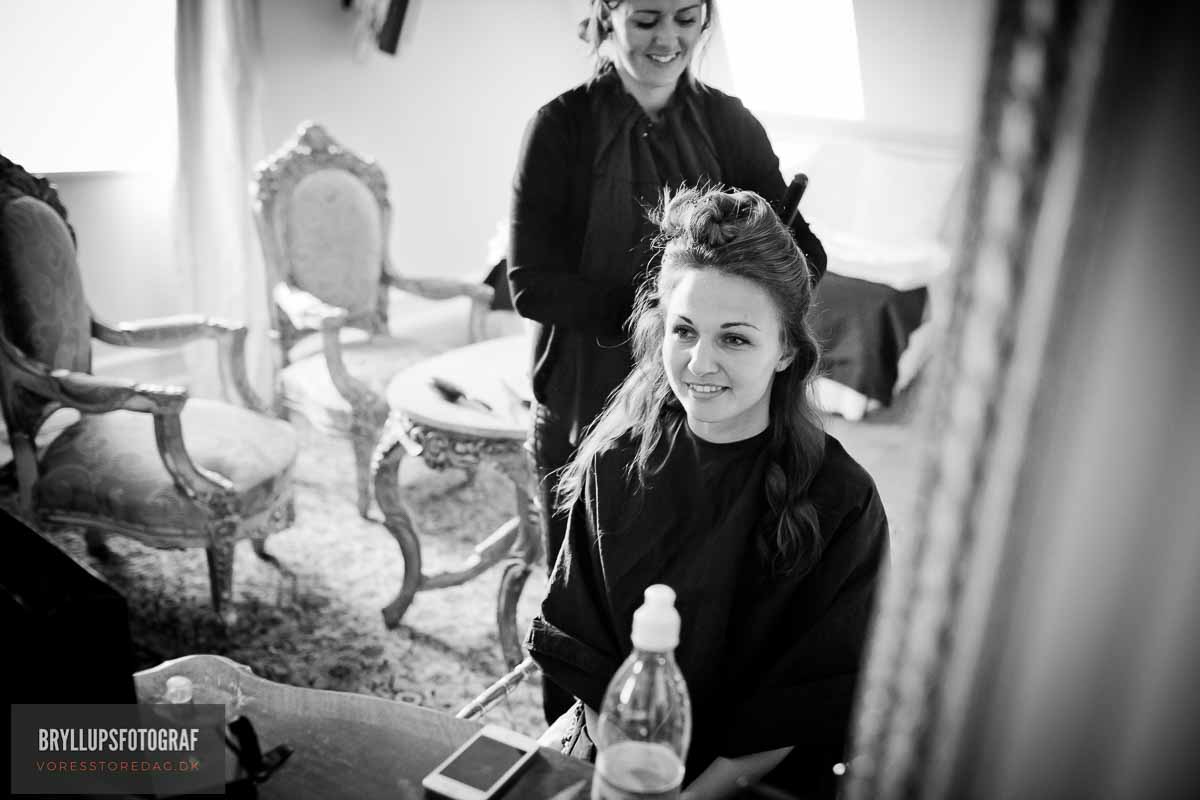
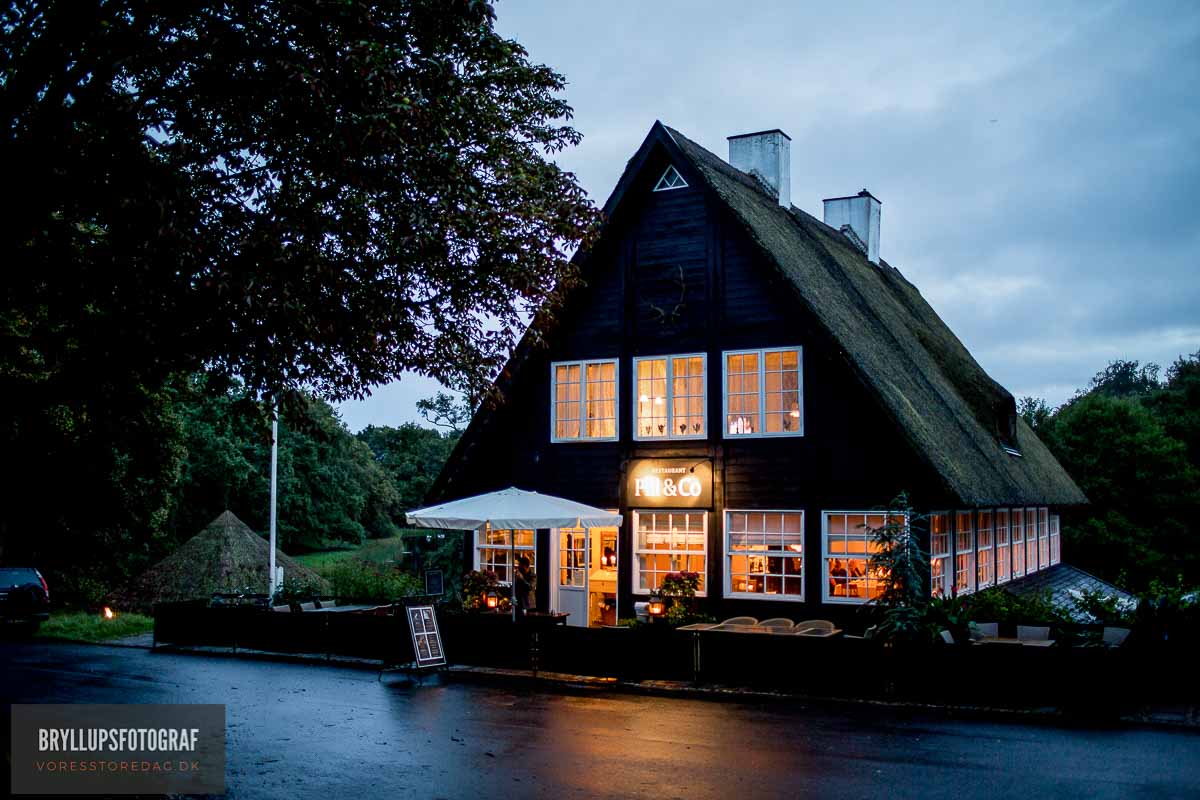
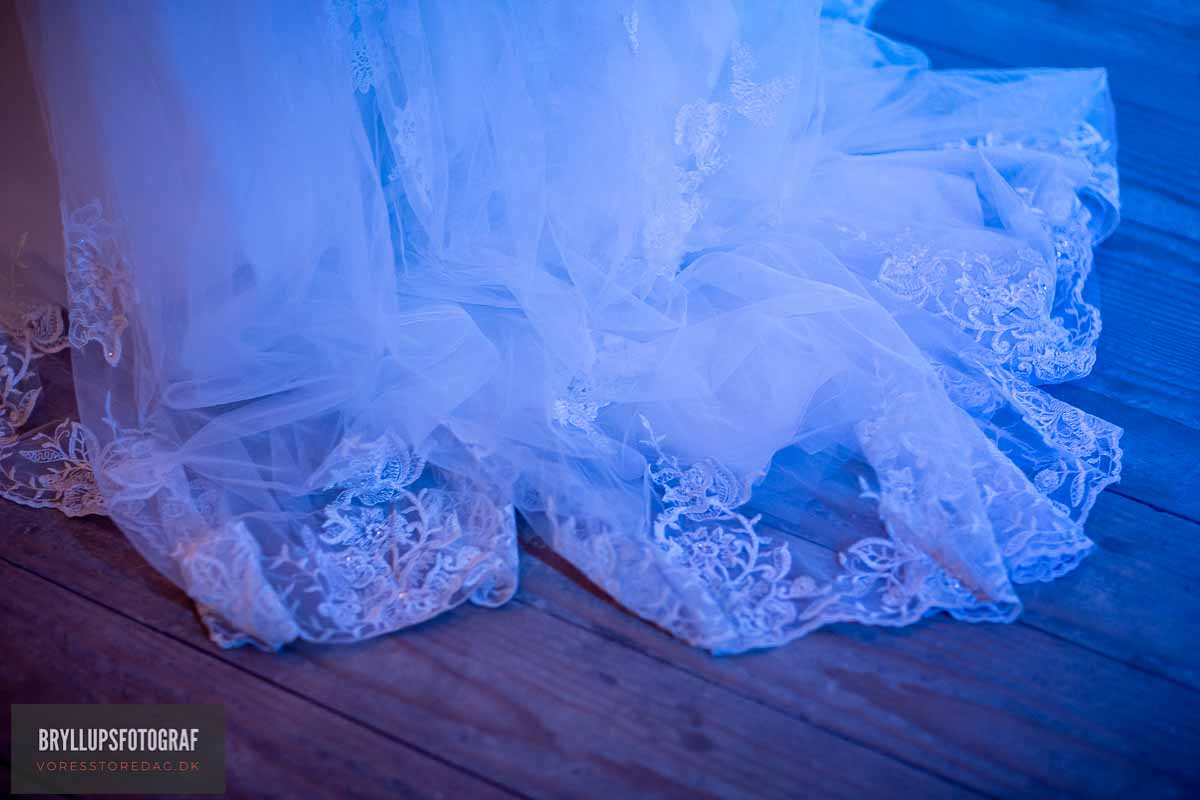
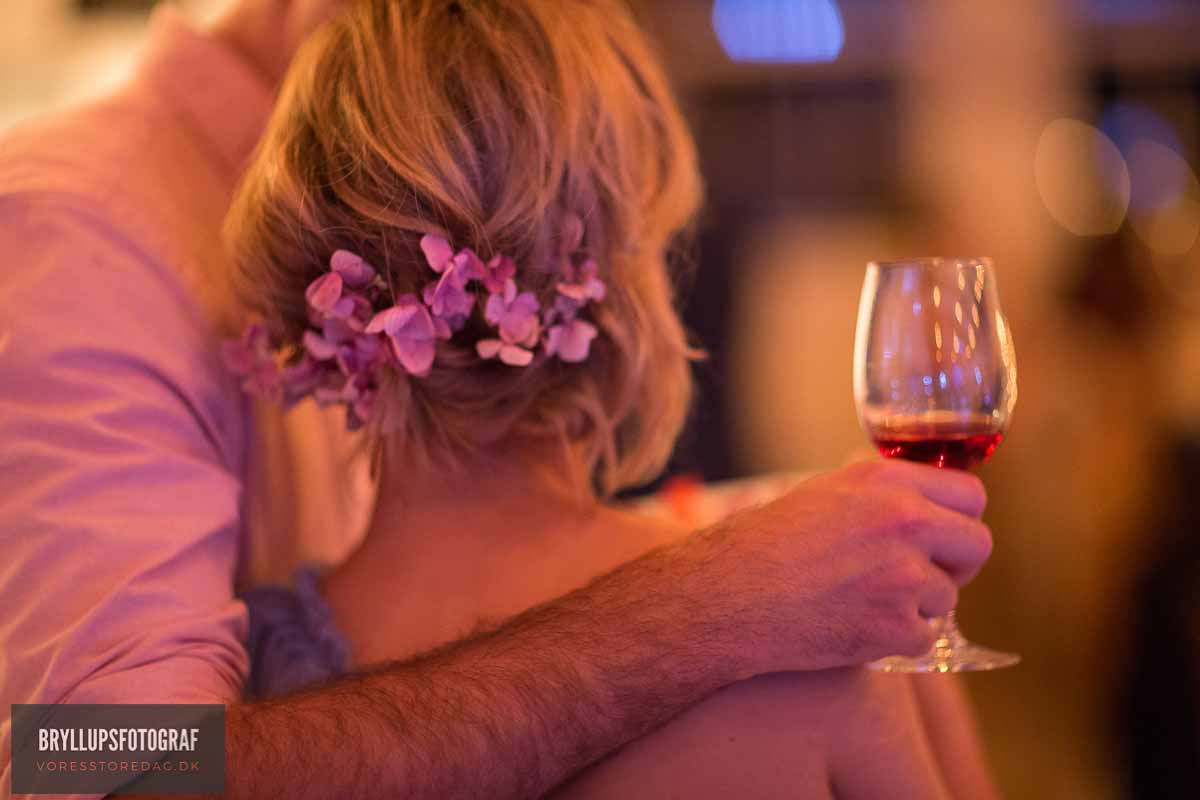

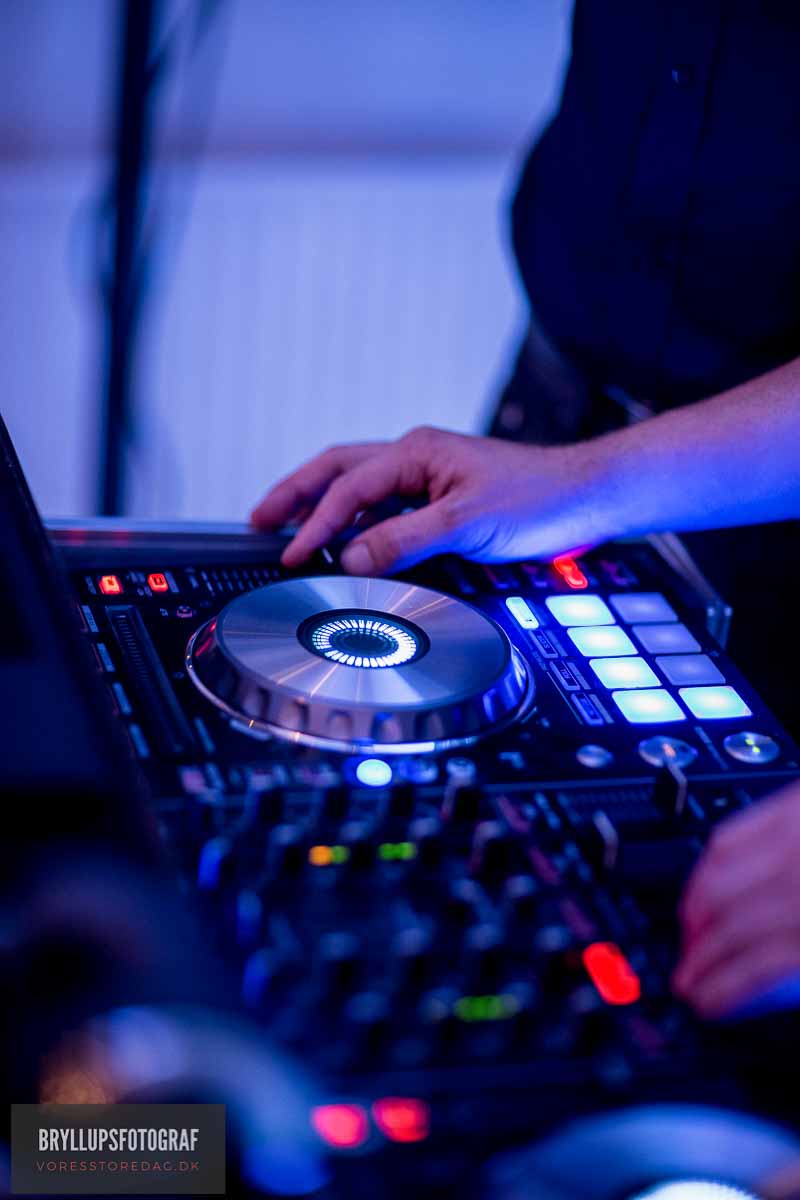

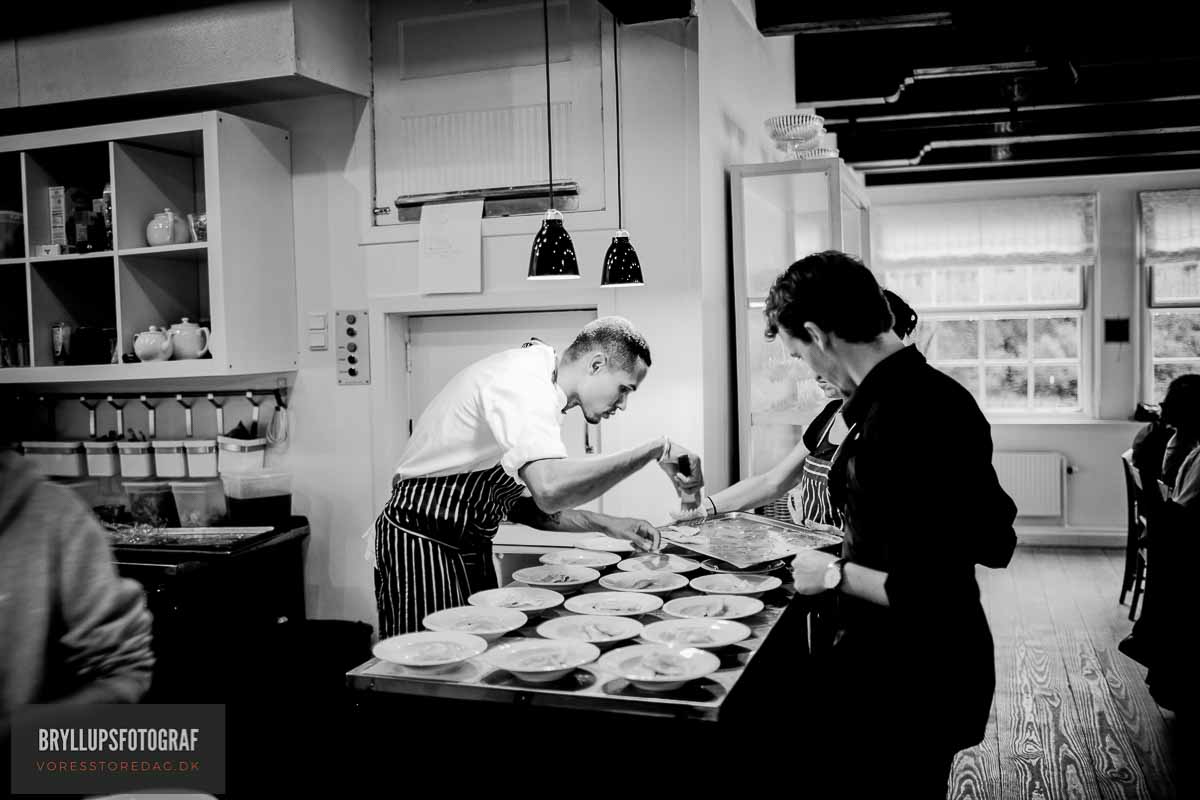
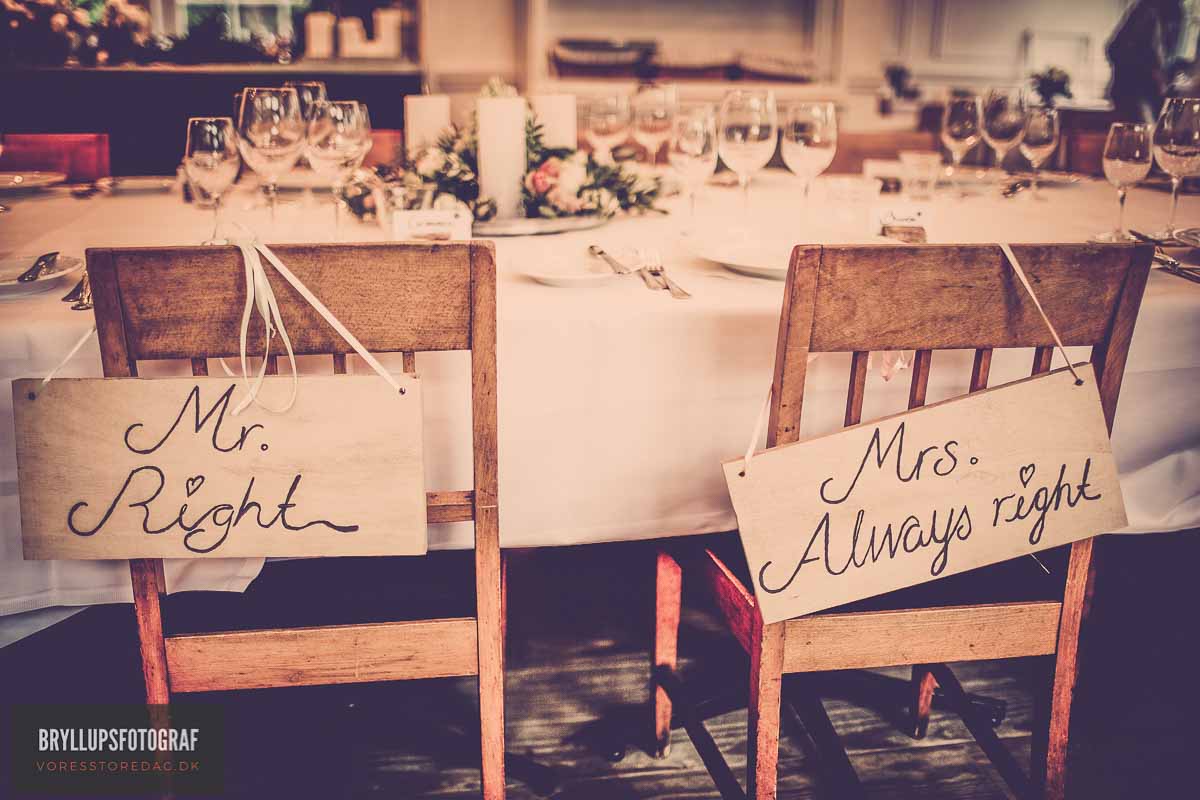
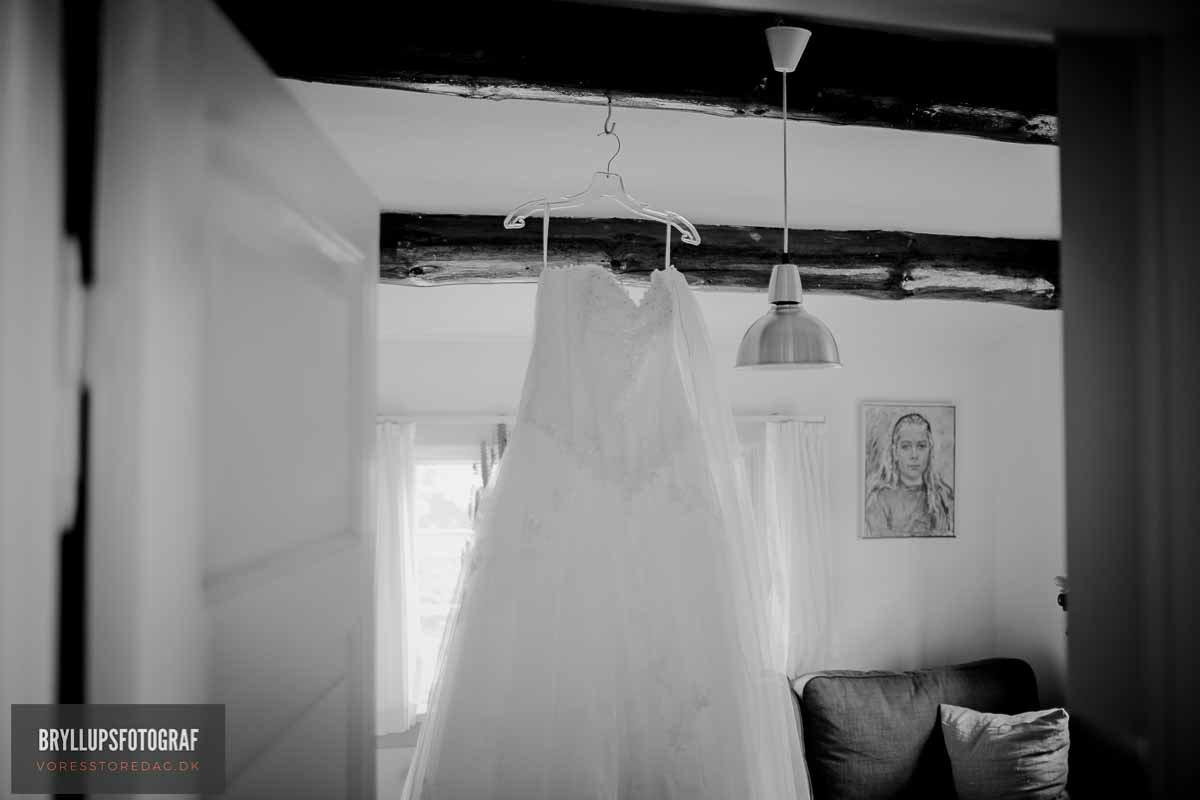

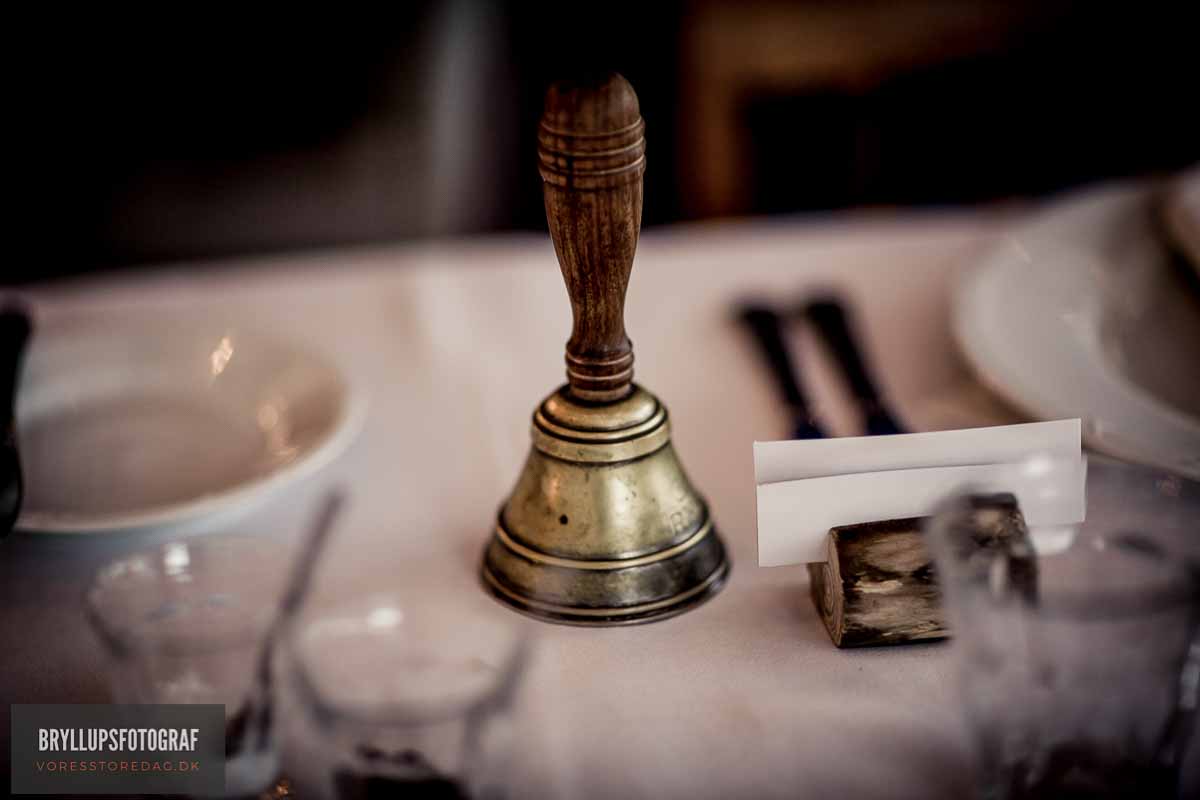
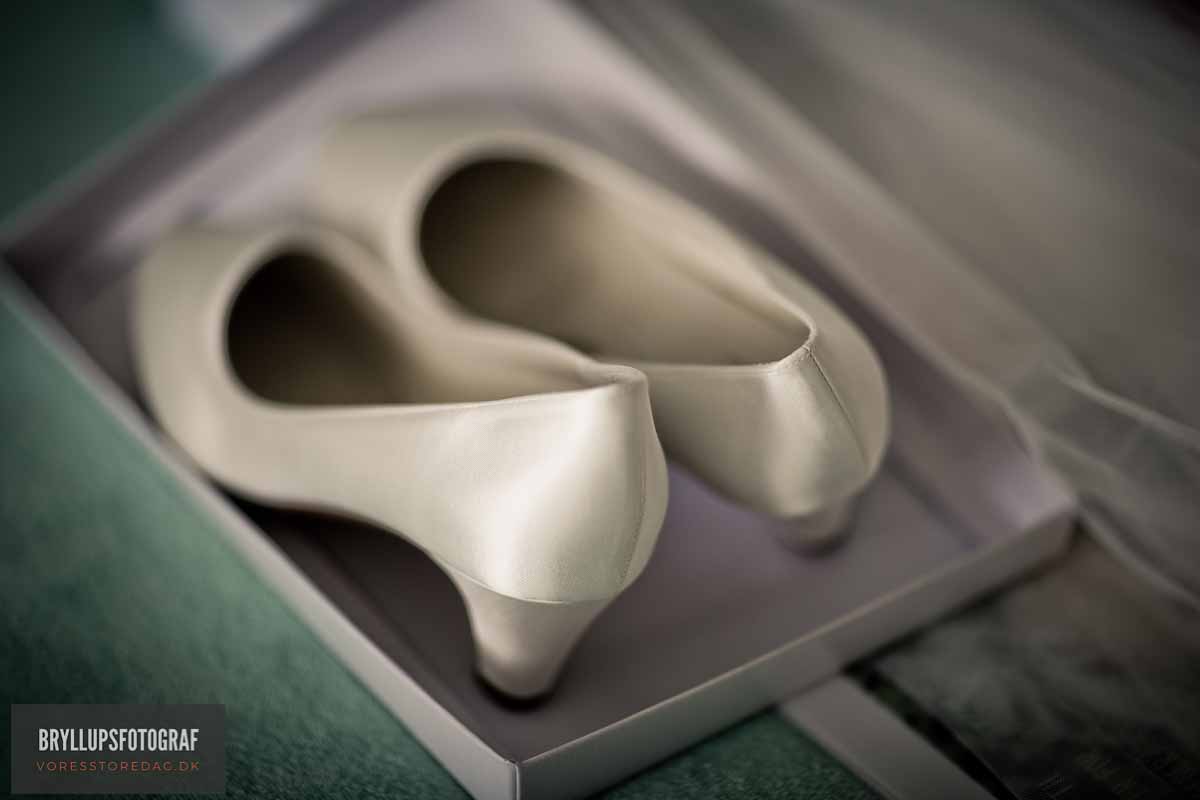
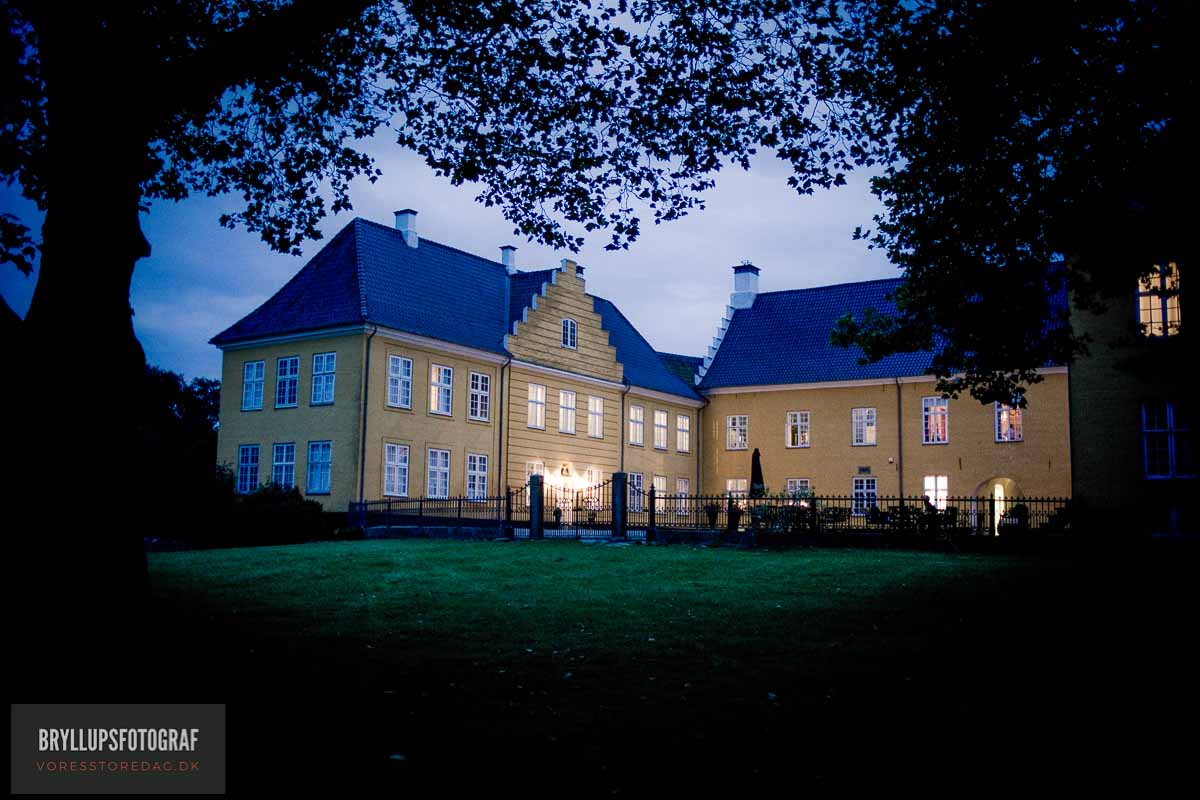
Call the salons you wish to visit and check to see if you need an appointment. Some salons are small or they may wish to devote all their attention to one bride at a time. You need to inquire with the shop if you are of large or small build to see if they stock samples in your size. The normal sample size ranges run from 8-16.
**Keep in mind, bridal gown sizes run smaller compared to an off the rack outfit. It is not uncommon if you normally wear a size 10 dress in ready-to-wear, and be a size 14 in bridal attire.**
You can easily begin your search with bridal magazines or on the web. Magazines and designer web sites will give you a wide range of styles to view. If a particular style or cut interests you, take the picture to the salon with you. The style may be right for you or it might not be. This will give you a good starting point of designs and styles you want to try on, and give the salon an idea of what you are looking for.
Ask yourself “How do I picture myself walking down the aisle?”
Most brides have dreamed of their wedding for years. Explain your ideas to the bridal gown consultant, if they are well versed in their field, they will be able to point out your features and what gowns will flatter or conceal. They will also be able to help you achieve the look you want.
Trying on different silhouettes (designs) of gown styles. This will allow you to find a style that flatters your body type.
Letting the consultant know your price range will also help. Many manufacturers may offer a certain gown in different fabrics, or the consultant might have a similar gown from a less expensive designer.
Dress styles and your figure
The right silhouette will flatter your best features and help conceal others. Here are some things to consider. Compare yourself to these body types and look for styles that fall in to the categories.
Petite (Five feet four and under)
Look for fitted waist.bodice, elongated lines, and delicate accents. Vertical lines and accents will help greatly, avoid horizontals. Look at empire, princess, A-line and sheath gowns with small collars and cuffs, you want to draw the eye up. Keep things in proportion with your size and avoid large skirts or anything that will divide you from the waist down.
Tall (Over five feet nine inches)
Look for dresses with large collars and big cuffs, you want to draw the eye down. Flared skirts and ball gowns work well to minimize the look of height if you wish.
Small Bust
A pleated bodice, bow front, halter top and off the shoulder bodice will help accent the neck and shoulders drawing attention away from your bust. High necks and empire waists also offer the same effect. You can also consider enhancers to achieve a more desired look.
Large Bust
V’d and modified square necklines, even high necklines with a keyhole yoke. Avoid cinched waists on gowns and tight fabrics.
Hourglass Figure
Ball gowns, Basque waists and V-line gowns will help capture this figure. A modified V neck or square neckline with vertical lines may help slim the bust and hip.
Full Figure
Princess line gowns, dropped waists and V-waists work well. Sweetheart necklines and jewel necklines are most flattering. Long sleeves work nicely also. Look for styles that draw the eye up to your face.
Slim
Detailed and heavily laced or sequined fabrics. Long sleeves, gowns with a crop-jacket effect work well.
Thick waist
Look for a lifted waistline such as an empire waist or A-line.
Wide hips
A-line gowns, portrait necks and encircling skirts. Avoid straight skirts or tight waists.
Four steps to a better fit
Take a minute to acquaint yourself with these measurement tips for you and your bridesmaids. Feel free to print this out and review it with your seamstress or dress shop.
Your dress will fit more comfortable. You’ll save alterations costs and time, and you’ll be able to speak with confidence about dress measurements.
Measurements 101
It is most recommended that a qualified seamstress or dress shop measure you. One that deals with or in bridal gowns and bridesmaids dresses. Have a photo or description of the gown you are purchasing, the cut of the gown may make a difference in the size you order.
Remember, it is always better to order a little larger size then to try and let out a gown.
When being measured, it should be in your under-clothing (bra and underwear) for the most accurate fit. Being measured over the top of jeans or a heavy blouse can add one to two inches to a measurement! If the seamstress or consultant tells you they can measure over the top of your clothing, beware and find someone else to fit you.
When being measured, stand comfortably, with equal weight on both feet and arms resting easily at your sides.
#1 Bust:
Measurement should be taken around the fullest part of the bust. The measuring tape should be parallel to the floor, and should be fairly taunt, but not tight. This measurement and your waist measurement are the most critical.
#2 Waist:
Should be taken at your natural waistline.
#3 Hip:
Measurement should be taken 8-10″ below the natural waistline across the fullest part of the buttocks and hip.
#4 Length:
Dress lengths can vary from manufacturer to manufacturer. A standard length is 58″ from your clavicle or hollow-of-the-neck to the hemline.
Gown preservation
The most important factor in gown preservation is providing a stable environment for your gown to age in. All materials that come in contact with your gown must be acid free. Archival products are specifically designed to provide this environment. Archival products are produced with no acidic content that can deteriorate your gown over time.
Once your wedding day is over, we recommend you dry clean all garments as soon as possible. The longer you wait, the easier it is for stains to bond to the material. We recommend a reputable dry cleaner or gown preservationist to perform the cleaning.
Proper gown management requires periodic access to the material in order to inspect and adjust the garment. Therefore, your gown should be in an easy to open the box, bag or muslin to perform these functions. Proper folding of the gown, using archival buffered or un-buffered tissue is necessary to ensure that major folds are protected. Gowns also need to have good air circulation in order to age evenly and avoid moisture buildup, which can lead to mildew and ruin the gown.
Some companies promote sealed containers as a method of preservation. Sealing the container makes it difficult or impossible to inspect the garment. Worse yet, plastic windows found in sealed containers often give off gasses that may accelerate gown deterioration. Sealed containers can often trap moisture inside allowing mildew to grow. They also restrict air circulation, which can lead to uneven aging of the gown. This “preservation” method does not offer a reliable long-term environment for your gown.
Ask that your headpiece be package separately. The glue, metal and rubber parts found in many headpieces can brown or stain your gown. For this same reason, you should remove any bust or shoulder pads in the gown.
Museums recognize only archival quality papers and boxes as a way to provide reliable long-term storage. A call to your local museum conservator will verify these facts, and can also provide a wealth of information on how to care for your precious garments.
Storage of your gown should be in an area with relatively even temperature and low humidity. DO NOT store your gown in a basement or attic. A cedar chest may be a safe place to keep your gown. Do not hang your gown from hangers. It should be folded flat.
Your Headpiece
There is such a wide variety in headpieces. It is helpful for a prospective bride to become familiar with the terminology. This way it will be easier for you to know and identify the styles and you can ask for them by name when shopping for your headpiece.
Here are a few to look for:
Chanel Bow: this is a large flat bow, usually of satin, fastened to a comb or barrette and worn close the your head or nape of the neck.
Coronet/wreath: A combination of thick materials braided into a fat ring and worn on the head.
Crown: A small round headpiece of fabric, lace, pearls or crystals worn high on top of the head.
Derby: A small hat covering half of the head.
Headband: Any combination of pearls, crystals or satin worn low over the forehead, positioned on top of the head or extending under the back hair on the head.
Juliet Cap: A small cap that hugs the back of the head.
Brimmed hat: A large brimmed hat covered in satin or made of different materials. Can be a western hat.
Pillbox: A brim-less, round, structured hat, worn on top of the head or tilted to one side.
Profile: A cluster of flowers, ribbons, pearls or crystals in a spray type pattern, attached to a comb and worn on the side of the head.
Tiara: A small crown with gems, crystals or rhinestones worn centered on top of the head.
Turban: soft fabric wrapped and draped around the head.
Veiling can be of multiple layers for the ceremony with most or all of the above styles. You can have the veiling made detachable on combs, fastened with Velcro or snaps so you can remove the veiling easily for your departure and reception.
Veiling support several distinct features such as:
Plain or uncut edge: Veiling is left unfinished along the edging.
Rolled edge: veiling is rolled and sewn along the edge for a more finished look.
Piped edge: a fabric piping is added giving the veil a more proclaimed edge. Piping can be of various sizes and finishes by sewing to the veil edge.
Ribbon edge: a ¼” to 1” satin ribbon can be added to the veil edging to carry out a look or add a dramatic touch.
Scattering of pearls or sequins: You can have pearls or sequins scattered throughout your veiling to carry out a design theme or add a touch of flare.
Multiple layers and lengths are becoming increasingly more popular. Here are some examples:
Ballet or Waltz lengths: A single or multiple layers of veiling that flow to your ankles.
Blushers: A single layer veil worn over the face, usually attached to a longer veiling from the back of the headpiece.
Cathedral length: Over 130” of veiling that fall from the headpiece to the floor.
Chapel length: Over 84” of veiling that flow from headpiece to floor.
Fingertip length: One or several layers of veiling in a length between 30 to 40 inches.
Shoulder length: Veiling measuring between 17 to 20 inches.
Poufs: Small gathering of veiling attached to the backside of the headpiece.
Now that you know some of the terminology, it is time to look for a headpiece that is right for you. Things to consider are:
Your Hairstyle: You should have your hairstyle in mind when choosing a veil. You might have your stylist fix your hair in the way you want before shopping for a headpiece. Ideally, your hairstyle may affect the piece you choose.
Your Gown: The cut and style of your gown may also dictate what style to get. When shopping for a headpiece, try your gown on along with it before you buy. If this is not possible, check with the stores return or exchange policy and compare the two style as soon as you can for color and look.
Your Wedding: The time of day, overall theme, even your religion can play a determining role in the type of headpiece you choose.
Try several headpieces on, once you find a style you like. Make sure the headpiece is comfortable, you will have it on most of your wedding day.
Shoes
It used to be a simple choice, white pumps or flats for your feet. Today’s bride has many more choices for footwear. Here are some hints and tips:
Start looking for your bridal shoes as soon as your gown has been ordered. You will want your shoes for any alterations. If shoes need to be ordered, they can take several weeks to arrive, if the size is not right, request the store reorder them to fit you feet. Shoes that are miss-sized can be painful and wear blisters on your feet. This is not a day you will want to worry about your shoes!
You can coordinate your shoe style with your gown and your personality! White pumps to decorated tennis shoes. High heals or slippers. The choice is yours, just make sure they are comfortable and enhance you look.
High heels or a medium heel might give you some extra height. Depending on the look you want, try on several heel heights with your dress. Make sure the heels offer plenty of support and have a wide spike for comfort and stability.
Consider your wedding site, is it an outdoor event. Does your ceremony site have thick carpet that could make it difficult to wear heals? Your reception site? Will you be required to climb stairs?
Once you have purchased your shoes, ware them around the house to break them in. If your feet do tire easily, purchase some insole supports for comfort. This is also a good idea for your bridesmaids.
Lingerie and accessories
Wedding lingerie serves a dual purpose, it can make you feel look and feel good! The right undergarments can cinch, enhance, lift and sculpt you, giving you a perfect look. Today’s wedding lingerie can also be wedding-night appropriate too, with a lacy and sexy look.
Here are some pointers on what you will need for a firm foundation and base:
Slip or petticoat: You can usually purchase you slip or petticoat at the same place you purchased your gown. The right combination of slip or petticoat can enhance your gowns fit and flare. Talk with your bridal gown consultant on which slip and fullness is right for your gown style. Make sure to wear your slip or petticoat for all alteration fittings.
Bra: The proper bra can define and emphasize your bust or minimize it. There are many styles of bras from strapless to pushups. You might even consider having bra cups sewn into your dress. This will eliminate the need for a bra. Try on several styles to see what one is right for you as for fit and comfort. Make sure you bring your bra to all bridal gown fittings.
Hosiery: Check with your consultant, do they carry bridal white of ivory hosiery? Some companies even put out wedding textures and patterns for your bridal attire.
Gloves: Does your dress or wedding style call for gloves? Wrist, elbow or scrunch gloves can enhance, and even detract from a gown. If you are considering wearing gloves with your gown, try on several styles. Make sure the fabrics match and the look is one that you want.
Garters: Have some fun with this time honored tradition. There are literally hundreds of garter designs. Pick one that goes with your wedding style or theme. Some brides wear two garters, one to keep, and one for the garter toss. Place the garter on your left leg just above the knee.
Wedding night lingerie: The lingerie you wear for your wedding night should be your choice. Choose from a simple nightshirt, to a racy teddy, or nothing at all.
Bridesmaid’s Dresses
Your attendantís dresses should complement your wedding gown, wedding style and degree of formality.
The bride will ultimately decide on the style and color the bridesmaids will wear, but you may request input from your honor attendant and the maids. Keeping there budgets and figures in mind, try to choose a dress that fits all the requirements and can possibly be worn again for different events. If you have been a bridesmaid in one or several weddings, you know that might be impossible to ever find a use for this dress again.
Most often, bridesmaids wear identical dresses. You can vary your honor attendantís dress slightly in style and color, but it should be in uniform with the others.
Shop for the bridesmaidís gowns as you would for your own wedding dress. Try them on yourself for fit and comfort. Talk with your bridesmaids about how much they are willing to spend. If you decide on a dress that is over their budget, consider paying a portion of the gown yourself to make them more affordable. Check with different bridal shops for prices or sales. Ask for quantity discounts if you are having several gowns ordered at once. See if the store has or will put together package pricing for ordering everything from them.
Order your bridesmaids gown 4 to 6 months prior to the wedding. Many manufacturers can take up to 14 weeks before sending gowns to a bridal store. Make sure all your bridesmaids are measured by a dress shop or a qualified seamstress. Bridesmaidís gowns can run one to two sizes smaller than off-the-rack clothing, so compare all measurements to the manufacturers sizing chart.
Bridesmaids that live far away may consider having their gown sent to them. Ordering the dresses from one source will ensure the proper style and color. The bridesmaid can then seek out a seamstress to have alterations done in her location.
Talk to your attendants about accessories such as shoes, gloves and jewelry. You should all agree on the specifics of the shoes, undergarments, hosiery and jewelry worn. Order all these at one time for your maids and again send these accessories to out of town members.
Junior bridesmaids can wear a more youthful version of the bridesmaidís gown. Check with the bridal consultant if you are having a junior maid and see if the dress manufacturers offer a different cut such as a higher neckline or longer skirt. Consider having a dress hand made if they do not, ask a seamstress if this is possible and order material from the dress manufacturer to match.
Your flower girls dress can match your bridal gown or the bridesmaids. Check into all the options you may have.
Mens Formal Wear
Black ties and “Loony Tune” prints, high button necks and double lapels. Tuxedos have come a long way from the traditional cut-away wedding coat.
Here are a few tips in choosing your formal wear:
In most cases, the groom and men will rent their formalwear from a store. Check with a tuxedo shop, bridal store or men’s clothing store to find most qualified suppliers and largest selection.
Look through bridal magazines or pick up some brochures at the tux shop to get an idea of the styles you are looking for. Many men do not know what they want in formalwear. There are usually so many different styles, colors and options to choose from, that it can confuse you before you begin. Having an idea of what you like will help tremendously.
Look at shops and stores that stock coats or have samples you can try on. You may like the look of a cut or style in an advertising picture, only to find out it does not look the same when you have it on.
Have the salesperson explain to you the different coat styles and what they recommend. Listen to their suggestions and take them for what they are worth.
Ask about different looks for your guys, while keeping a uniform style. Choosing a particular tux style that offers a different cut can give you the desired effect.
Try on the entire outfit before you rent if possible. The shoes you like may be uncomfortable compared to another style. The shirt collar in the tuxedo brochure may look good, but when you actually put one on, you may not like it on yourself.
Ask how soon rentals can be picked up and when they need to be returned? Can you get a discount if you wish to take the tuxedo with you on your cruise? Will the shop provide clean shirts and slacks?
Once you have decided on the formalwear, get all the men measured. It is recommended you have everyone measured no later than six weeks prior to your wedding. Out of town guys can be measured locally and call measurements in to the rental location.
A few days before the wedding, check to make sure all rentals are in and complete. Have your guys try their entire wardrobe on as soon as possible. If alterations need to be done, have them taken care of. Most shops include alterations in the price of the rental. Make sure everyone has a complete suit and all accessories are correct to the order.
After the wedding, have one person, usually the best man, collect the formalwear and return to the rental shop on time. Clothing with lost accessories, or that may have been damaged are your responsibility. Make sure everything is returned properly.
